More BOE/Apple Talk
Current expectations are that BOE will supply ~15m displays to Apple this year, which includes ~10m units for last year’s iPhone 12 and an additional 5m units for the iPhone 13 once final approval is given. While the company hopes to hit the 5m unit mark for the iPhone 13 this year, suppliers are expecting closer to 2m units. According to Korean press, BOE is currently producing between 1m and 1.5m flexible OLED panels for the iPhone 12 each month.
BOE is still somewhat limited in what it is able to produce for the iPhone 13 as Apple is considering changing the backplane of a third model from LTPS to LTPO, which heretofore has been supplied by Samsung Display. LG Display will begin producing LTPO displays for Apple next year so that leaves the possibility that BOE, who is not yet able to produce LTPO backplanes, will be limited to one iPhone model in 2022. While this is certainly a step in the right direction for BOE, it could prove to be a limitation that will keep BOE from achieving equal status with SDC and LGD until 2023.
Much of the numbers here are suppositions, coming from supposed supply chain sources, but there is much underlying conjecture about Apple’s actual orders for the iPhone this year, and obviously for next year. As we have noted, we have yet to see any indication that Apple has changed order rates for this year, although Apple’s initial order rates are also still speculative, so for BOE much rests on Apple’s decisions on next year’s backplanes and how well this year’s models sell through. In any case, if BOE does get the final nod from Apple, we will hear about how the Chinese OLED industry will soon dominate the world and put all other producers to shame….



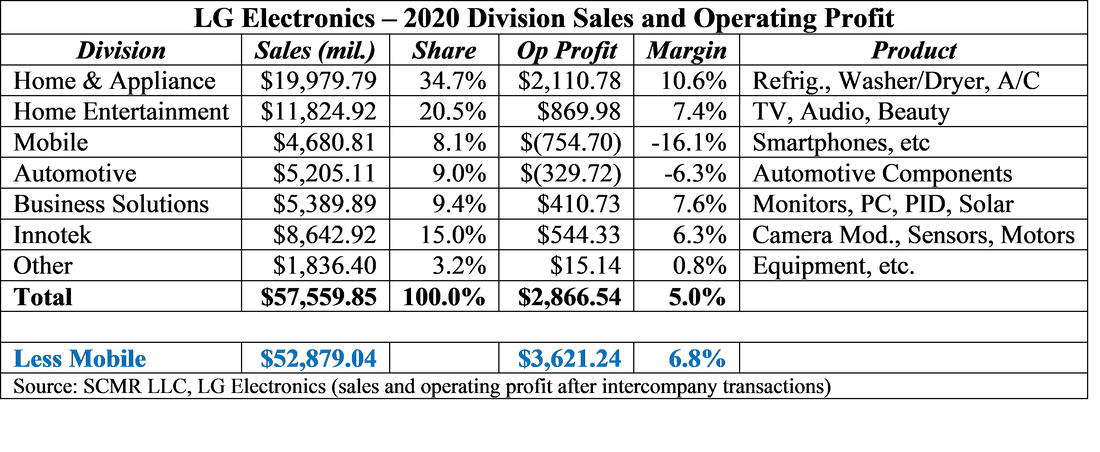



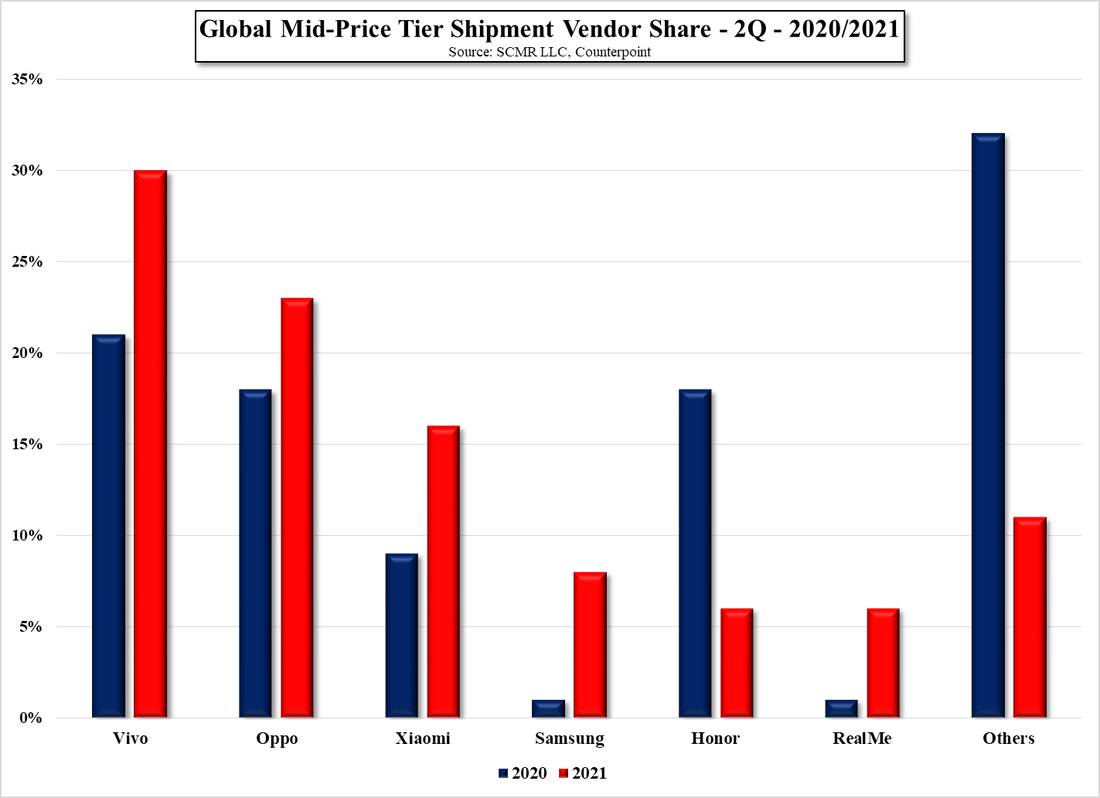

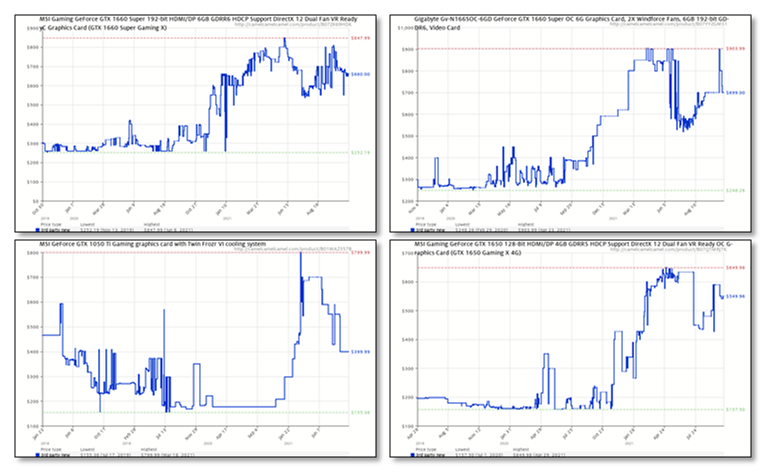
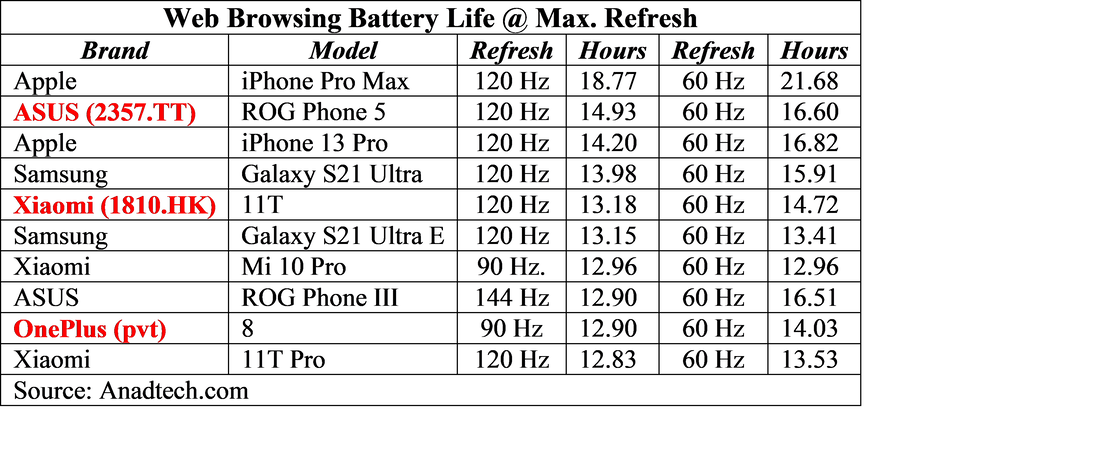
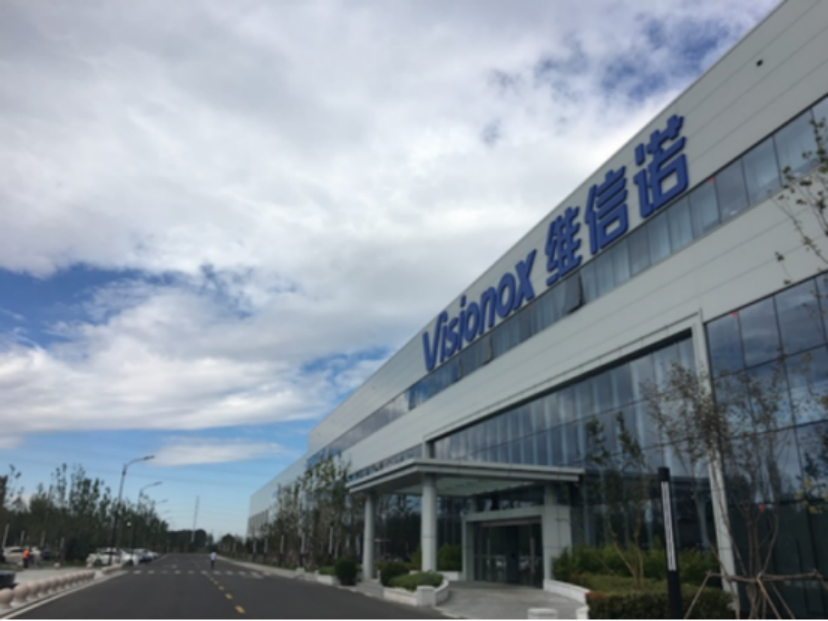



 RSS Feed
RSS Feed